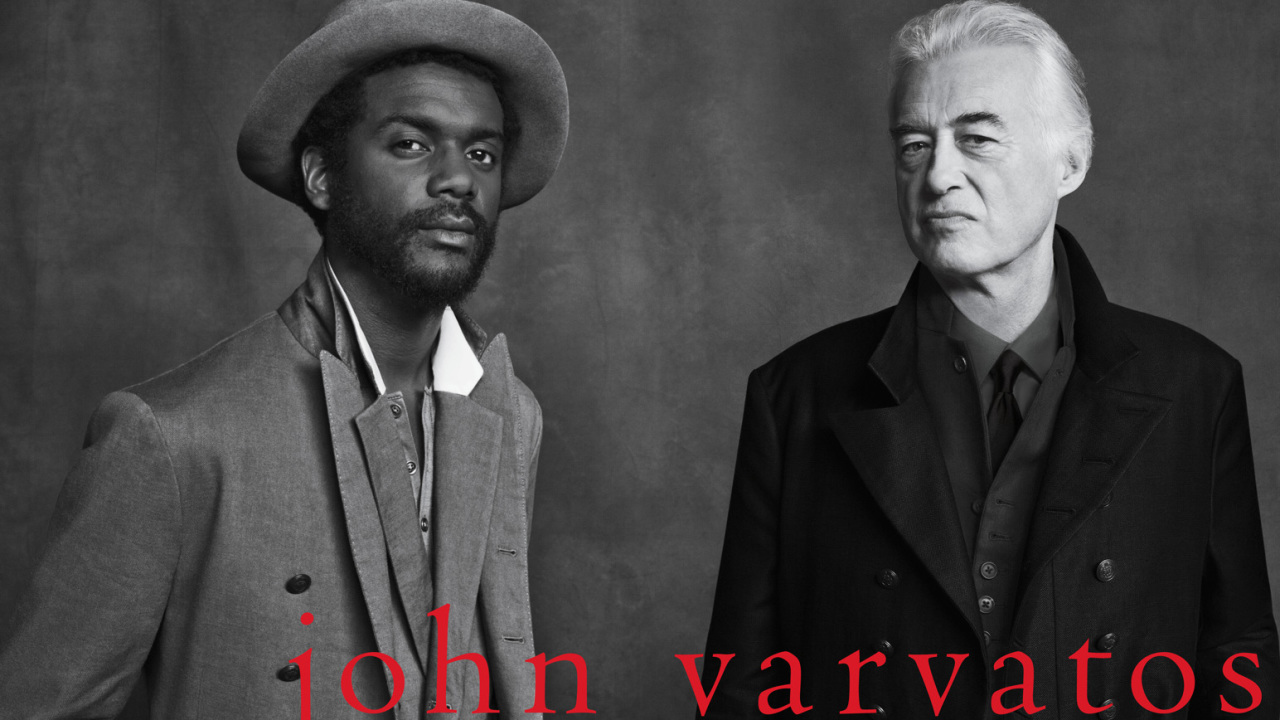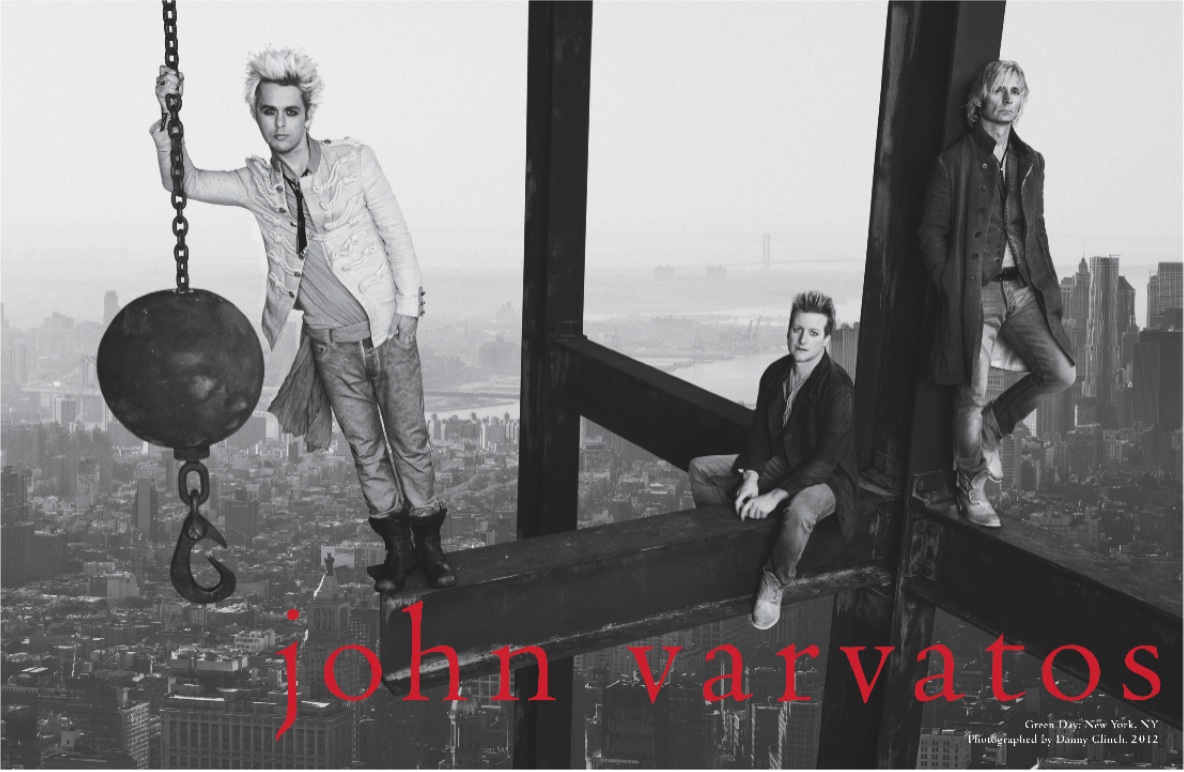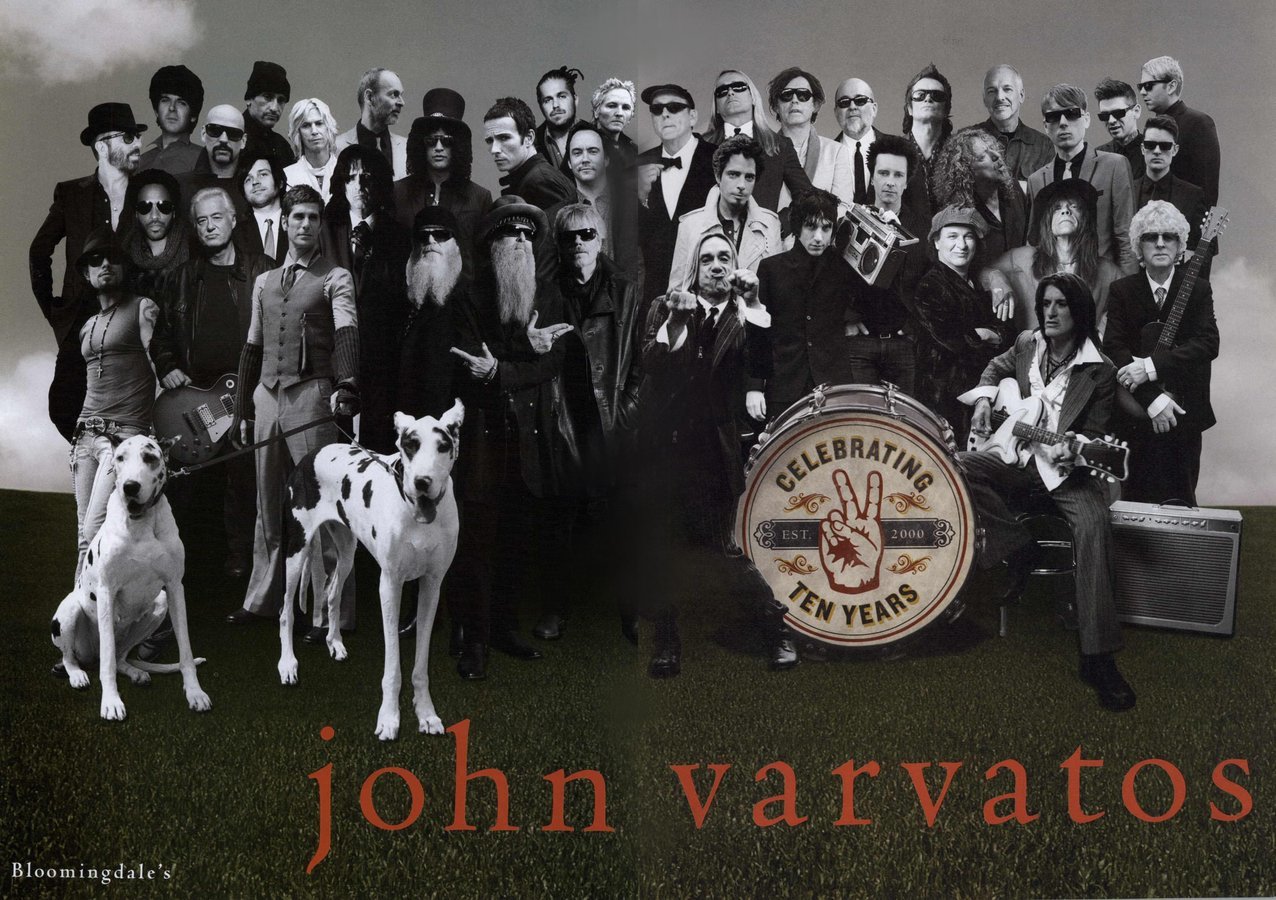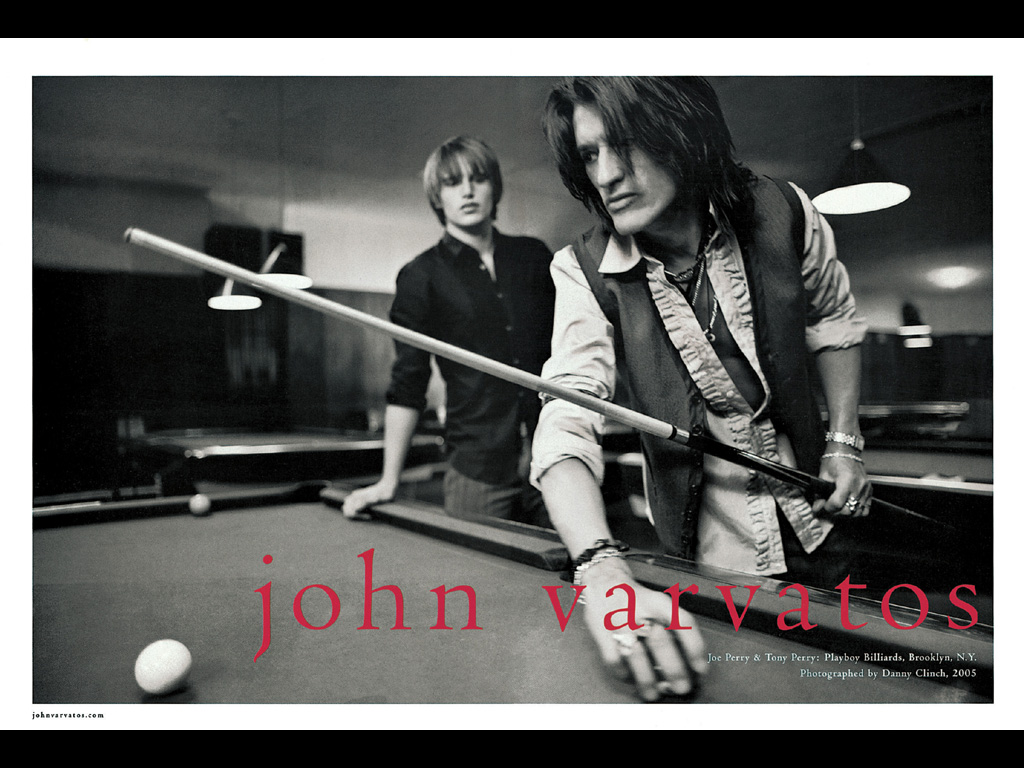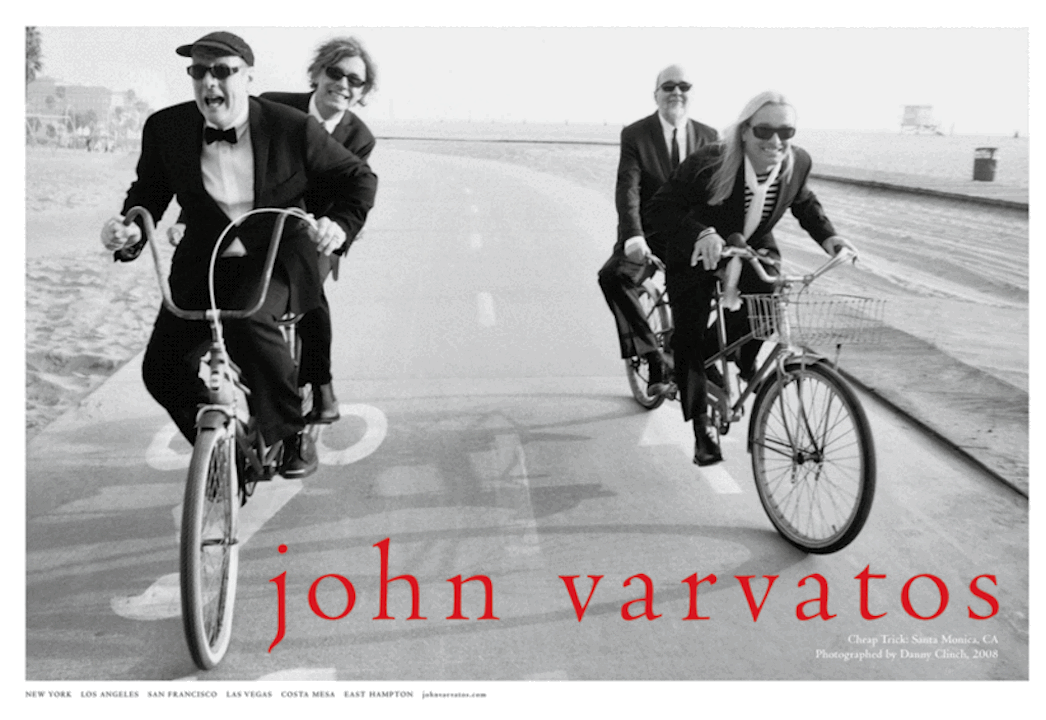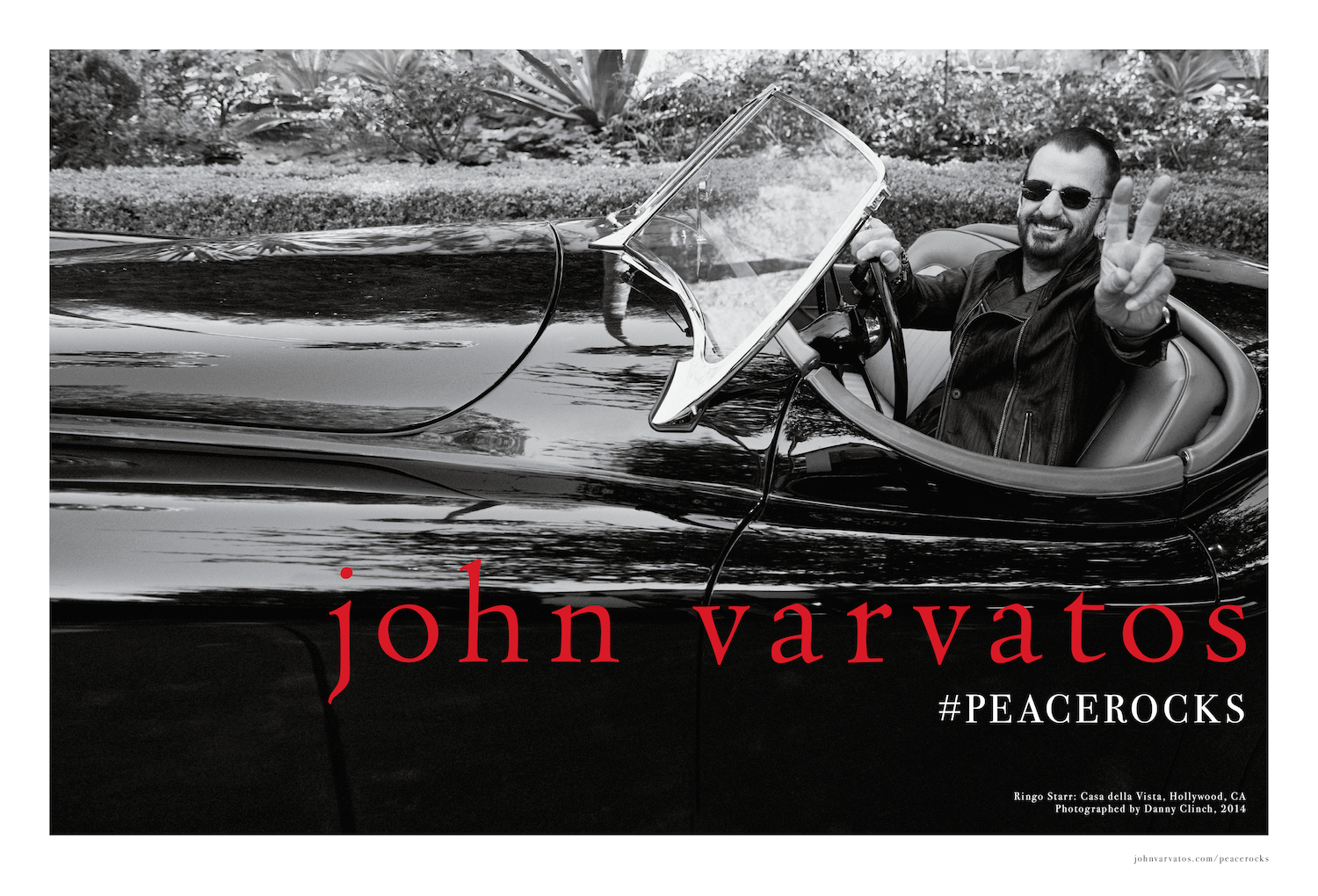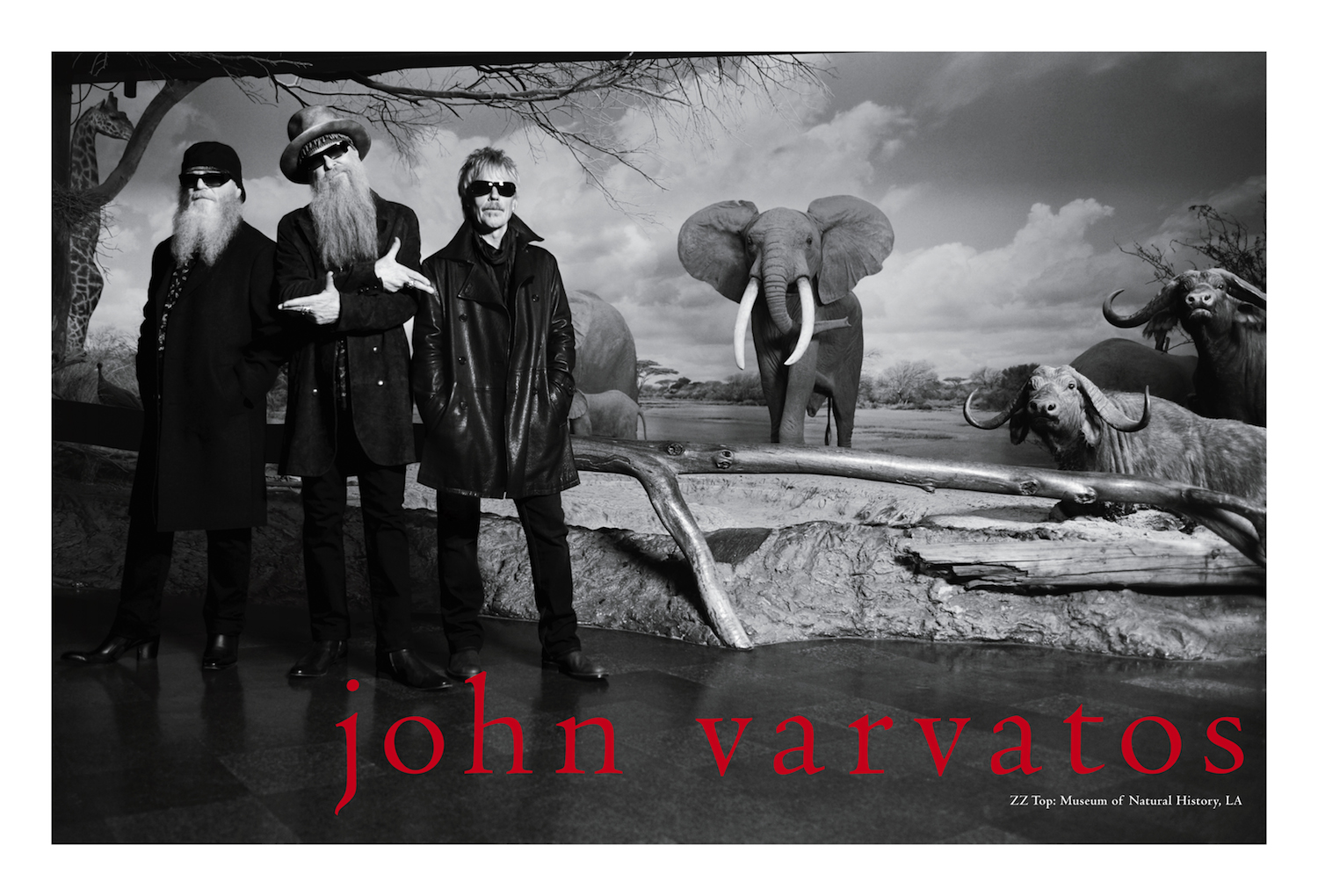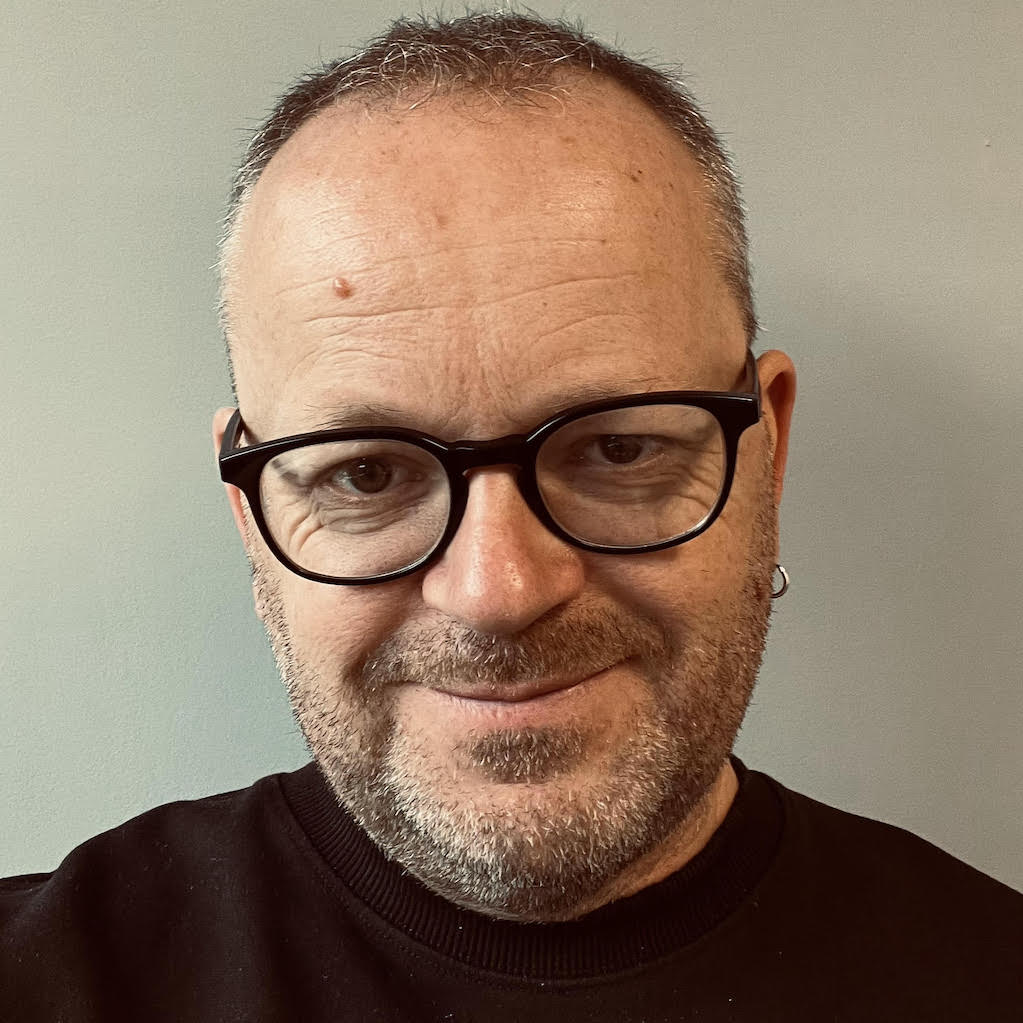Joe Elliott's knuckles are bleeding. It’s the first High Voltage festival, London 2010, and a mix-up over the running time of Joe
Amid the chaos, the testosterone and adrenaline – but inside the barrier, most definitely part of the artist camp – is a calm, softly spoken, incredibly well dressed man. “Hello,” he says, offering a handshake, “I’m John Varvatos.”
John Varvatos was already famous in the Classic Rock offices. We looked at his ad campaigns with a mixture of envy and wonder. Here was a guy doing what we aspired to do. In his print ads, shot by music photographer Danny Clinch and featuring Joe Perry,Cheap Trick, ZZ Top, Chris Cornell and more, he made classic rock’n’rollers look as cool as they sounded. You couldn’t imagine that the heads of most fashion houses would know who Ian Hunter was, let alone feature him in an advert – or for that matter be backstage at a festival being headlined by ELP – but here was Varvatos, dressing rock legends and young bucks alike and making them all look like 50s movie stars.
The clothes had style. This wasn’t some over-cooked take on rock’n’roll staples - leather and denim tarted up and accessorised like Dog The Bounty Hunter’s hand-me-downs. They weren’t showbiz clothes or Vegas stage wear, junkie chic or bad-ass biker. At a time when rock music – and especially the older generation of rock artists – were frequently mocked for their bad hair and double-denim, Varvatos reclaimed rock as the epitome of cool. His rock stars were elegant, sharp and sophisticated. Refined and dignified. Timeless-but-modern. Rock’n’roll re-imagined through grown-up, well-schooled eyes.
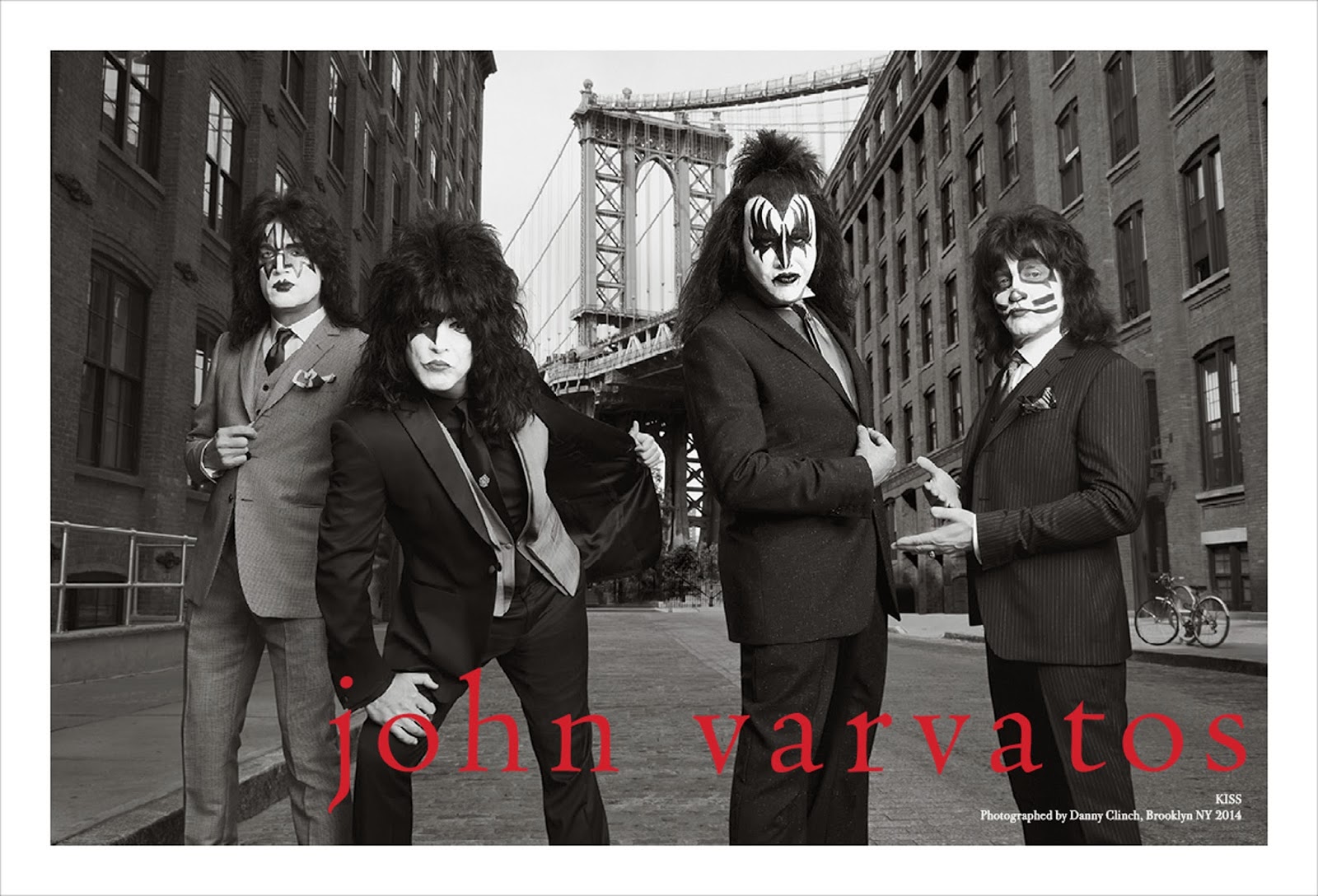
John Varvatos has been around rock music since the late 60s, following bands in his home town of Detroit – home to Motown, the MC5 and The Stooges, bands still seen as ultra-cool and super-hip to this day. “You know at the time, nobody thought they were cool,” laughs Varvatos. “I think that bands like The Stooges and the MC5 were pretty much shunned by the music community at that point. Now they’re perceived as icons. We had a lot of musical influences in Detroit: we had Motown, we had jazz, we had blues – John Lee Hooker lived there. Bands like the Stooges, they had leather motorcycle jackets, but they weren’t as street-orientated as the Ramones. They were a little slicker, a little more polished, they thought about their stage presence a little bit more, so they had skinny motorcycle jackets with little flared jeans and cool shoes and boots. Same thing with the MC5. They had all their girlfriends making all their wardrobe and they thought a lot about stage presence – they thought a lot about the show.”
Where had that self-awareness come from? From Smokey Robinson, Marvin Gaye and The Temptations. “When you grow up in Detroit and you have the biggest show on earth – Motown – you realise how important the stage show is,” says John. “It’s not just about getting up in a pair of shorts and a T-shirt and playing like some young bands do today. Wardrobe became part of the persona of the artist.”
The teenage Varvatos dug the British invasion. “The Who and Zeppelin – and Jimi Hendrix was a huge influence on me. Although he was American, he really kind of came across as being more English because he broke there… A lot of artists – like Zeppelin, The Faces or The Who – liked to launch their tours in Detroit cos their fanbase was so strong. The Faces were actually one of the most stylish bands of that period – one of the most stylish bands ever.”
He got into photography, taking pictures of people with unique styles and pored over Detroit’s own Creem magazine (“one of the great music magazines”), Rolling Stone and imports of Melody Maker and NME. With no internet and very little rock’n’roll on TV, each precious image of the Stones, The Doors or the Faces was savoured and cherished and mined for every last bit of visual info. (“I was obsessed,” he says.) Aged 16 he started working in clothing stores to support his music habit and pay his way through university, and found he had a knack for retail.
An up-and-coming brand called Ralph Lauren noticed it too, gave him a regional sales job, and a year and a half later installed him in New York as Vice President of Sales and Marketing. “I was working in an environment that was really creative,” he says. “I was exposed to it every day and it was very much a stimulus to me. The light bulb went on at age 29, like: ‘This is what I want to do!’”
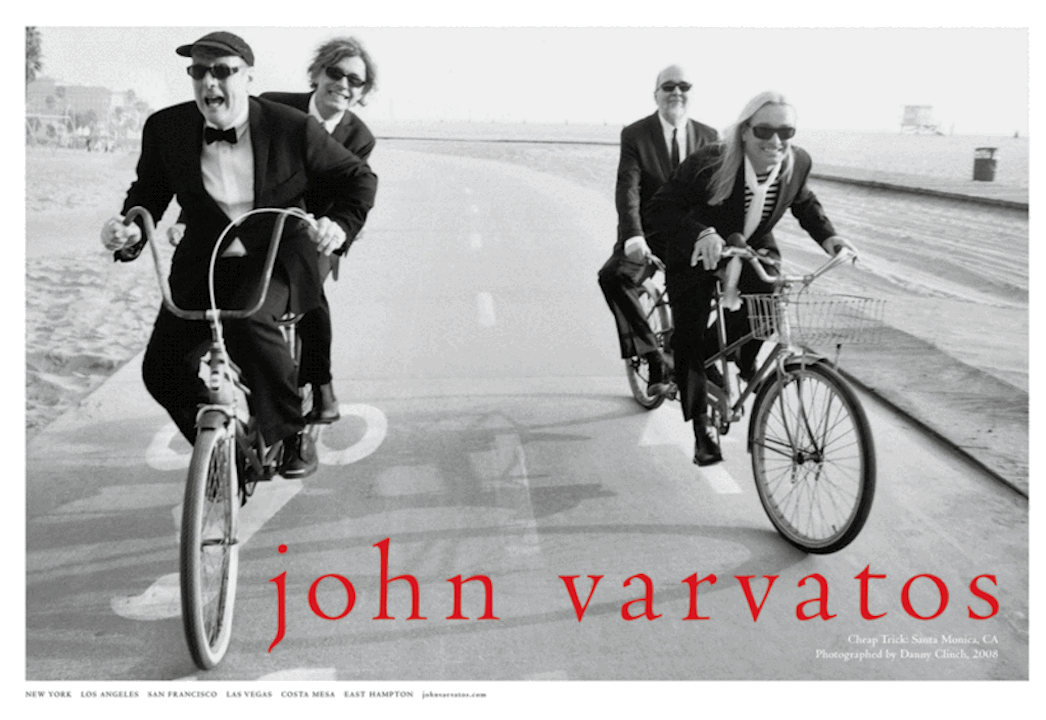
Still working by day, he went to night school to learn illustration and pattern making, and then – taking a pay cut – joined the Ralph Lauren design studio aged 30, starting his career all over again from the ground up. By 1990 he was President of Men’s Design at Calvin Klein, launching the Calvin Klein Collection For Men and the CK brand. By ’95 he was tempted back to Ralph Lauren before leaving to start his own company, launching in 2000. From his first runway show that year the brand was well-received, with great reviews and demand from some of the best stores in the world. That was the first milestone. “The second milestone,” says John, “was when, just organically, my other passion in life – music – somehow organically bubbled up into the brand. And it just started by lots of musicians buying our clothes.”
With stories filtering back from the stores that such-and-such a musician had been in, Varvatos began to think about what made him unique. Around 2005 he had an idea. “We had been doing these beautiful, iconic, romantic advertising campaigns up until then – and hadwon awards for them – but, when you open up a fashion book in a big month, like September and March, there’s a lot of beautiful, romantic advertising. I decided I wanted to do something very different – I wanted to own something – and I had the idea of using iconic music artists in our ad campaigns in a way that no one else has really done. In a very authentic way.”
Authentic meant not just “throwing big money at people”, it meant John using his rock fan’s nous and his keen eye. It meant approaching artists with character, people who meant something. Guys who were timeless, iconic and equally as interested in Varvatos’s style. “It’s really not about the money for the artist, they don’t make a lot of money on these campaigns, it’s something that they want to do. I’m passionate about them, they’re passionate about my brand. It’s about a relationship. And it really changed the whole complexion of the brand. It added another dimension, and a kind of excitement – people waiting to see who was gonna be the next artist coming up. When we shot Iggy around 2006, it really changed everything. Everybody kind of got on board and that’s when we had a line-up of people calling us wanting to be part of the campaign.”
Ryan Adams, Velvet Revolver, Green Day, ZZ Top, Chris Cornell and more followed. For their 10th birthday in 2010 the label celebrated with a Sgt Pepper’s style lineup starring everyone from Lenny Kravitz to Wayne Kramer, Glenn Hughes, the New York Dolls, Cheap Trick, Jimmy Page. In 2007 he bought the old CBGB (see postscript, below), turned it into his New York store and frequently hosts launch parties and showcase gigs there. Last year he brought together two very different blues artists: up-and-comer Gary Clark Jr (whose track Bright Lights has had over three million plays on Spotify) and Jimmy Page, a guy who’s sold a couple of records. It’s safe to say that Jimmy isn’t doing it for the money. The newest campaign, meanwhile, features Willie Nelson and his sons. In each, his subjects are captured with dignity and verve.
He’s still buzzing about it too. Varvatos co-hosts a rock radio show on Sirius XM Satellite in the States with Jesse Malin. He just bought the Temperance Movement album after reading the review in Classic Rock (“I just ordered that CD last night – I saw your review for it and I went online. It’s not even out in the States…”), is buzzing about the star of his Spring ’14 campaign (“I can’t tell you who it is right now, but you’re gonna friggin’ flip out! It’s really kind of mind blowing”) and has a new book out, Rock In Fashion, a fine photographic collection of rock’s sharpest-dressed men, and a celebration of rock cool that doubles as a guide for anyone who wants to know how to wear a scarf.
For Varvatos it comes naturally – all those images he pored over in all those rock mags, all those gigs he went to burned into his subconscious – but still, it’s a dream come true. “I always say, ‘Shit – we get paid to do this’,” he chuckles. “I feel like I’m the luckiest guy.”
Rock In Fashion is out now. John Varvatos has just opened his first European store in London. Win a John Varvatos makeover here.
